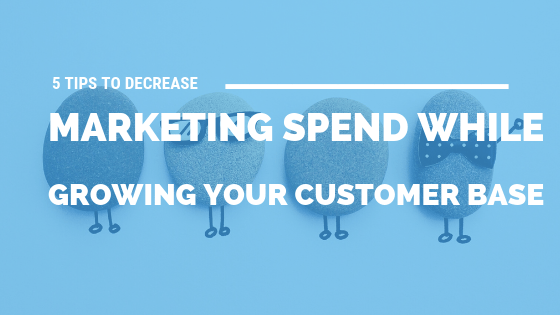5 Google Analytics Reports Every Small Business Owner Should Know About
Google Analytics is deep, but if you understand how to access the most important and actionable metrics, you can make it an essential part of your small business. Here are a few of the most informative analytics reports that your small business can use today.
1. Source/Medium Report:
To access this report, go to the Acquisition section. This group of analytics lays out how you acquire visitors to your site. In this section, click All Traffic, then navigate to Source/Medium. This report will tell you what sources your traffic is originating from, and what medium they represent, be in organic search, PPC advertising, or referral traffic. This report is a fantastic way of checking if your marketing efforts are working. If you’re putting in a ton of work on social media, but none of your traffic is sourced from these sites, something’s not right.
2. Active Users:
You should be closely monitoring traffic to your site, keeping an eye out for trends, especially increases or decreases in your audience that are linked with your marketing (or lack thereof). The Active Users report, which you can access under the Audience section, provides eye-friendly graphs that legibly represent the trajectory of your user base. You can break it down by daily, weekly, and monthly active users as well.
3. Audience Location:
If you’re a small business that operates exclusively in one area, you’ll probably want to confine your audience to people in and around that area, but even if you’re not, it’s important to have an accurate assessment of where your site’s readers reside. Under Audience, click Geo, then Location. You can see data on the bounce rate, conversion goals, and new users, all handily split up by country.
4. Mobile Performance Report:
With more people now using the Internet on their tablets or phones than on desktop computers, it’s never been more important that your site be mobile friendly. This report, which you can find in the Mobile section of the Audience Tab under Overview, shows you how much traffic you’re attracting from mobile users, along with their bounce rate and conversion rate. Google is moving to mobile-first indexing, so mobile performance will only get more important over time.
5. New Vs. Returning Visitors:
If you’re looking to attract new users to your site, you need a way of differentiating between them and users you’ve had for a while. This Analytics report, which you can find in the Behavior section of the Audience tab, will keep you up to speed on your new users, as well as giving you data on how they’re using your site.
In the past, small businesses had to rely on intuition, common sense, and basic supply and demand in order to formulate their marketing plans and target their goals. The advent of e-commerce and the ubiquity of business websites has given these small firms the chance to dive into data, and one of the best systems for doing so is Google Analytics. The reports above are just a few of the most useful analytical metrics at your disposal. Dive in!






















